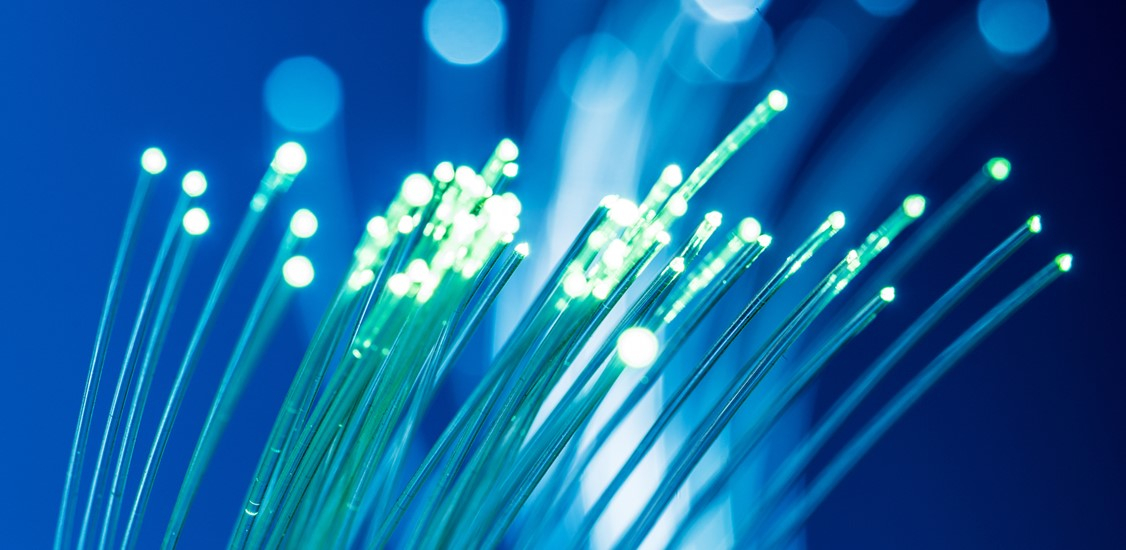Bandwidth demands for both service providers and enterprises will push the telecom infrastructure market to unprecedented levels in 2021 and beyond. While enterprises seek additional bandwidth to meet the demand for next-generation applications, service providers are striving to densify their networks and acquire new spectrum for the ongoing needs of 5G. That means demand for fiber from providers like Everstream will continue to expand rapidly. Everstream CEO Brett Lindsey expounds on these themes as he looks forward to 2021:
#1: Telecom investments will push valuations up in 2021.
There will be a lot of money chasing a few deals in 2021, and this case of supply vs. demand is creating frothiness around fiber, data centers and wireless assets. Any infrastructure fund that did not have a telecom investment in 2020 will be looking to launch one in 2021. Overall, there’s not a lot of opportunity to buy, and that will push valuations up in 2021. Deals that were going for 15-18x EBITDA two years ago might reach 20x or higher in 2021. InSight Wireless, for example, was sold to American Tower for 31x EBITDA, something completely unheard of in years past.
#2: More spectrum, less fiber investments for incumbent operators.
More than $55 billion is expected to be raised during the next spectrum auction in December and providers are readying their war chests. Verizon, for example, has raised $12.5 billion in debt ahead of the C-band auction. The challenge wireless operators face is spending billions of dollars to buy spectrum assets to remain competitive. However, this pulls their focus - and dollars - away from building or purchasing fiber assets. In 2021, spectrum investments will win over fiber investments for most providers, including AT&T, which still has significant debt from the Time Warner acquisition. It might not have the capital to do significant fiber builds and will need to forge more partnerships to reach the goals it has stated publicly. At the same time, T-Mobile is earning post-paid market share daily, most of which may come at the expense of AT&T.

Brett Lindsey,
President
and CEO,
Everstream
In fact, partnerships will be critical for most MNOs as many may struggle significantly if they try to go it alone. They need to be prepared to purchase high-density and fiber-rich network access from fiber-only providers to move their 5G plans forward - and want partners with a strong enterprise focus as well. In urban, metro and rural areas, MNOs will need to be strategic about their partnerships so they can move fiber closer to towers and small cell networks.
#3: 100G becomes table stakes on path to 400G.
In 2022 and beyond, the demand for consumption of bandwidth will become so great that it will require network operators to upgrade their metro network to 400 Gbps. That means in 2021, 100 Gbps in the metro is an absolute requirement. Network operators that don’t have 100 Gbps across their metro areas will be left behind, losing market share to those who can. In 2019 and 2020, we were seeing a lot of 10 Gbps requests, and in 2021, it’s 100 Gbps. In addition, on the long-haul routes, where traffic is consolidated, price points have dropped, so operators must upgrade or they won’t make money. Partnerships will be needed in order to deliver the capacity required—both between providers and operators, and likely with equipment manufacturers as new technology is brought to market that enable these speeds.
#4: Fewer small cells will be needed for 5G because of technology breakthroughs.
The deployment of 5G in 2020 was held up considerably because COVID-19 forced the closures of local offices required for the permitting of 5G networks - in many cases it was a lost year for 5G for both small cells and macro tower upgrades. That has allowed small cell technology to advance to a point where fewer, more powerful antennas will serve the same coverage area. Millions of small cell antennas will still be needed for 5G ubiquity, but the longer the buildouts take, the more the technology will improve.
This year will be one of growth for service providers as they expand their networks to drive new services such as 5G to their enterprise customers. Meanwhile, enterprises will use that bandwidth to keep up with the new applications their end users are demanding, especially as the work-from-home environment persists. As 2021 progresses, both service providers and enterprises will benefit from growth and densification efforts of high-capacity fiber network providers.




















